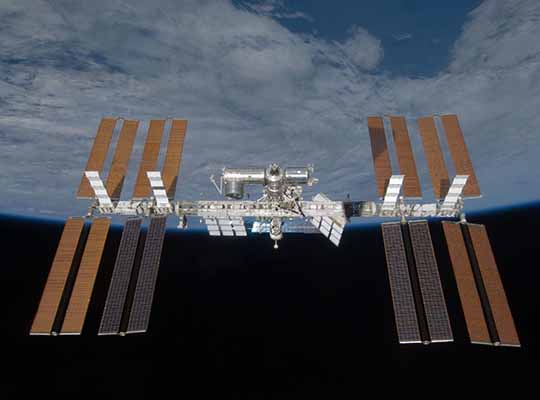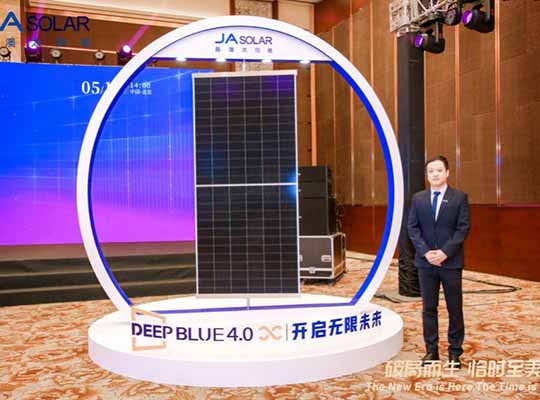Solar space farms?
One of the most fascinating developments in the renewable energy sector has been the possibility of putting solar technology in space. NASA, in 1977, claimed that in the coming years space solar could completely replace fossil fuels. The study and investments were stopped citing a lack of understanding of the technology required and logistics required to pull it off.
When the world is hedging its bets on nuclear power or other terrestrial sources of energy, solar farms in space could be like a wild card and be crucial for a zero-carbon future. Such a concept, theoretically, can well last a million years. Sunlight is on average more than ten times as intense at the top of the atmosphere as it is down at the surface of the Earth.
To capture this boundless energy, we can build structures that’ll orbit the sun- satellites with mirrors installed, that’ll receive the beam of sun rays, and send it to Earth. On the surface of earth, there would be antennas that’ll convert it into microwaves, and convert it into usable energy. Assembling them using automated robots would make the completion of the project swift. A solar array around the Earth’s orbit has the potential to receive more than 100 times the amount of energy every year than all of the energy that humanity will use in 2050.
Did you know?
The International Space Station is run completely on solar energy. There are solar modules consisting of 262,400 solar cells spanning over 27,000 sq ft of area.
Hindrances and possible issues
Some of the cynics of this wave of renewable energy across the world have said what makes solar extremely unreliable is the fact that the sun doesn’t always shine. 30% of the sunlight that shines on the
Earth gets reflected by the atmosphere. This limiting factor can be eliminated and negated by putting solar farms in space. But what is stopping us from embarking on this conceptualization?
The projects would be of high complexity and will require intricate planning and designing. High transport cost, damage risk because of space debris, enough research, investment, and persistence is required. Also, if there is a considerable loss in conversion, the project would not be financially viable.
These structures need to be built on a large scale to make the unit economics much more sensible, the fixed cost invested need to be recovered. We would have to build kilometres of solar arrays to cost-justify such a mammoth project.
The real question is would these projects be a private or a public undertaking. The likelihood of the government giving rights to private companies in such sensitive sectors is highly unlikely. Even the aerospace industry in India was opened for private players only a few years back.
From the conceptual stage to reality
But the upside is so promising- satellite-based solar panels can capture and transmit much more energy than their terrestrial counterparts. Typical communications satellite solar panels have a mass per kilowatt of about 20 kilograms, so with these current launch costs, it would amount to $10,000 per kilogram. Only developed countries can allot such huge sums of money to this side of energy exploration. SOLARIS, a three-year study issued by the UK government, has been formed with the goal of finding a source of clean and secure energy for citizens of Europe. Other countries are also following suit.
Before advancing into this endeavour, we need to do a thorough cost-benefit analysis. We need to ask ourselves, the benefits that we’ll reap, would it outweigh the costs that would be incurred. A perpetual source of undying energy has only been part of science fiction stories hitherto. If we actually make one, it would be a monumental feat, a remarkable milestone in human history.
About the Author :

Sharad Gupta
The Author is the Vice President – Solar Design and Engineering (VP – Solar Design and Engineering) of Oorjan Cleantech (https://www.oorjan.com). Oorjan is one of India’s fastest-growing solar companies, co-founded by IITians and ex-bankers.












